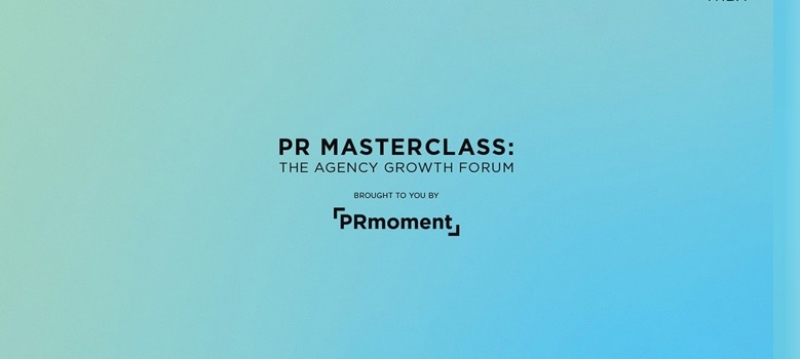Never miss the opportunity afforded by a good crisis. Such words are usually lost on those who find themselves scrutinised mercilessly by the media spotlight during a crisis situation. However, such an occasion can prove fundamental to ensuring that a business can ironically exit an incident in better shape than it went in. Yes, as strange as it might sound, businesses can strengthen their position by a good challenge – if they respond effectively.
Ultimately, crises do happen. Whether it’s caused by human error, a natural or man-made disaster, companies will eventually face demanding and stressful times at some stage of their evolutions. But what is essential to their corporate reputations is how they respond to those trials. Nothing overly revelatory there you may say, which is right, but the challenge for any communications chief is to ensure that the board is given creative strategic thinking which goes beyond a defensive mind-set that can quickly take an organisation into lock-down at times of trauma.
Yes, that’s easier said than done when a firm’s lawyers want to be at their most influential. But a bunker-down mentality can be far more damaging to operations and reputation, as a sense of paralysis creeps into executive management thinking.
So what can CEOs and their teams to do to avoid such a situation? Essentially, prepare and prepare again.
Preparation can take different forms, but what’s essential for any discerning organisation is to first have a grasp of the threats that face a business, together with any shortcomings in the operation. A thorough risk audit will give the management team a clear steer on what needs to be done to mitigate the threats. For instance, a company with a questionable health and safety record needs, among other things, to be constantly assessing the suitability of its working environment.
Clearly, this is but a start and more needs to be done, including identifying the roles that are to be played at a time of crisis, and the responsibilities involved. An important point here is the fact that crisis management teams need only constitute the people who are essential to addressing the problem. Too often, a crisis will draw in those who believe they are pivotal to providing a solution, but will only add confusion and subsequently, slow the process down.
Clear guidance on who should be doing what at the outset of an issue can be provided via an effective crisis manual. Lawyers are there for legal counsel but the comms function is there to protect and/or enhance the brand and must shout loudest to hold sway.
Looking at recent examples, Marks and Spencer faced a damaging issue when seeking to charge its well-endowed customers extra for larger bras. After a public backlash the company swiftly tackled the problem head-on, issuing a public apology through adverts admitting M&S had “boobed”.
In the US, Southwest Airlines won back public support while competitors around it wallowed in an inclement winter snowstorm. Using video blogs to apologise for an operational catastrophe gripping a snow-covered continent, CEO Gary Kelly not only gave a personal apology for the slow response, but also his own commitment to sort the problem and get passengers to their destinations. Not only did he capture the need of customers to hear from the top of the management chain, but he also conveyed a clear operational solution – a communications output that won the company universal praise.
And when two employees of Domino's Pizza chose to make a video sticking cheese in their noses and messing around with customer food, Domino’s Pizza US President Patrick Doyle quickly responded with a video apology of his own. Video is not the only answer but is now a must-consider option in the armoury of all communicators.
But can you really prepare creative thinking to roll out when all is hitting the proverbial fan? Effectively, yes you can; but only when teams are really immersed in a likely situation that captures the pressure of a crisis for real. This we can deliver through carefully planned simulation training; full-blown scenarios that test a team’s resilience and communication abilities at a time when they are most required. Only by practicing will the response become pitch perfect.
Companies can also use the ill fortune of others, either from within their industry or outside of it, to learn from the response of others – good and bad. Life doesn’t stand still so organisations much adapt their planning to accommodate latest best practice techniques and thinking.
A crisis can be beneficial, but to reap those benefits, an organisation needs to be ready.
PR Masterclass: The Agency Growth Forum
Our experts will each give you a 20-minute Masterclass on what we've identified as the 11 most important elements in running a modern, profitable and successful PR firm.
Taking place on Wednesday 26th November in London, both virtual and in person tickets are available.
Tickets on sale now!
PR MasterclassIf you enjoyed this article, sign up for free to our twice weekly editorial alert.
We have six email alerts in total - covering ESG, internal comms, PR jobs and events. Enter your email address below to find out more:








